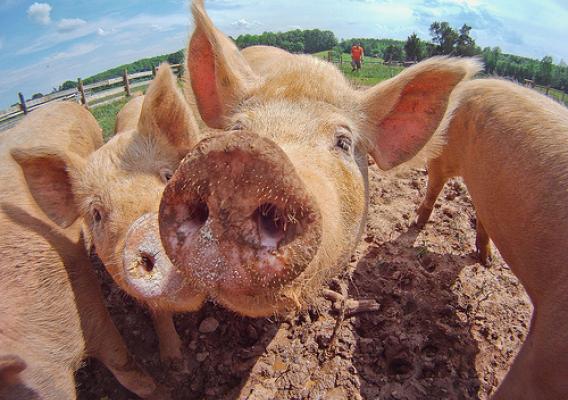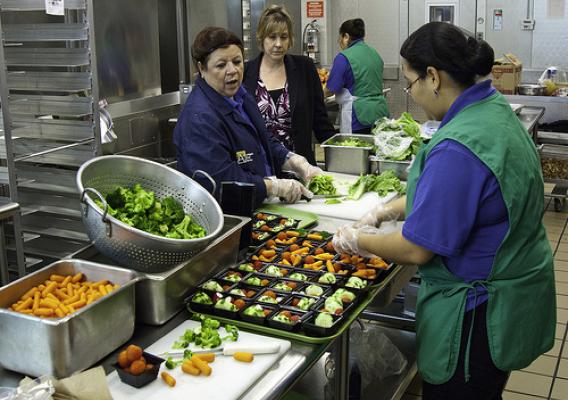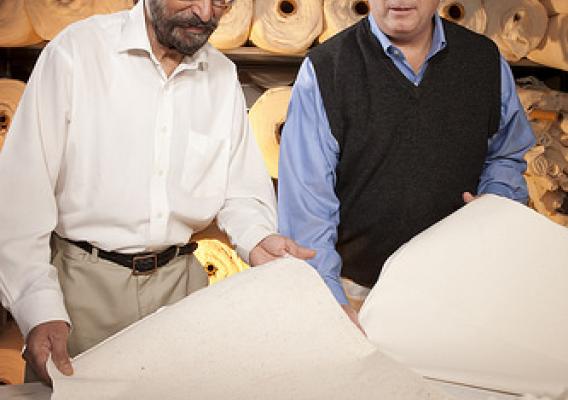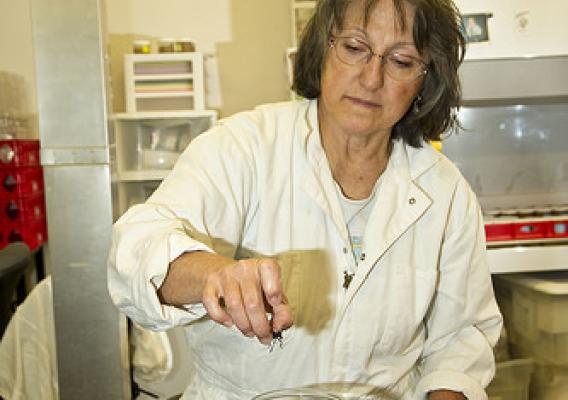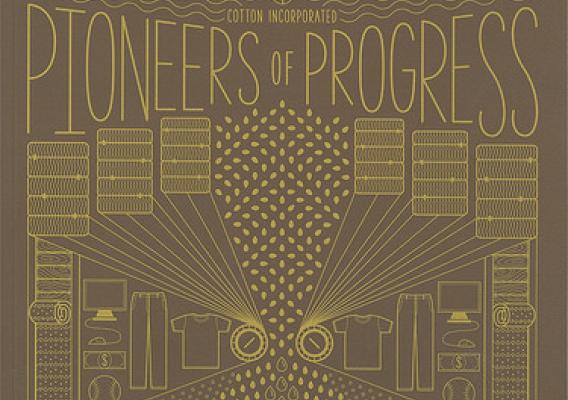During the month of April we will take a closer look at USDA’s Groundbreaking Research for a Revitalized Rural America, highlighting ways USDA researchers are improving the lives of Americans in ways you might never imagine. Today we look at USDA support for a researcher striving to improve wheat through developing better disease resistance, nutritional value, and yield.
One of America’s most renowned agricultural researchers, a man who has already collected two of the USDA’s top honors, has now earned international recognition with the Wolf Prize in Agriculture. The Wolf Foundation began awarding six prizes – agriculture, the arts, chemistry, mathematics, medicine, and physics – in 1978 to recognize outstanding scientists and artists for achievements in the interest of mankind and friendly relations among peoples.
Jorge Dubcovsky, a professor of plant sciences at the University of California–Davis and a Howard Hughes Medical Institute–Gordon and Betty Moore Foundation investigator, is sharing the Wolf Prize with Leif Andersson, from Uppsala University in Sweden. Dubcovsky’s previous awards include USDA’s National Research Initiative Discovery Award and the USDA Secretary’s Honor Award. Dubcovsky will receive the Wolf Prize June 1 at Knesset Israel (the Israeli Parliament) from Israeli President Shimon Peres.


